Drug delivery
Introduction
Drug delivery refers to the process of administering a pharmaceutical compound to achieve a therapeutic effect in humans or animals. This field involves the manipulation of pharmacokinetics, pharmacodynamics, and toxicology to achieve this effect.


Drug Delivery Systems
Drug delivery systems (DDS) are engineered technologies for the targeted delivery and/or controlled release of therapeutic agents. These systems are designed to improve the safety and efficacy of drugs by controlling the rate, time, and place of release of drugs in the body.
Oral Drug Delivery
Oral drug delivery is the most common and preferred method of administering therapeutic agents due to its ease of administration, patient compliance, and versatility in the design of dosage forms. It involves the ingestion of drugs through the mouth, followed by absorption through the gastrointestinal tract.
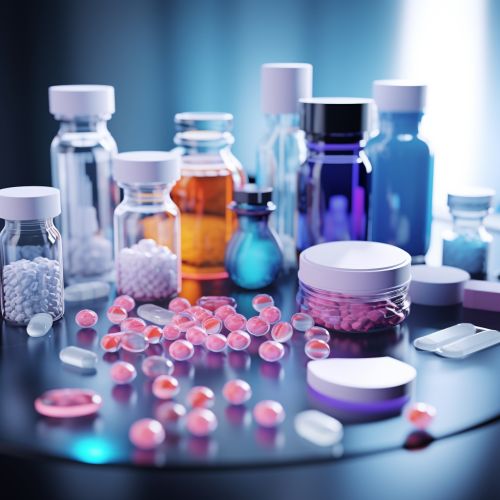
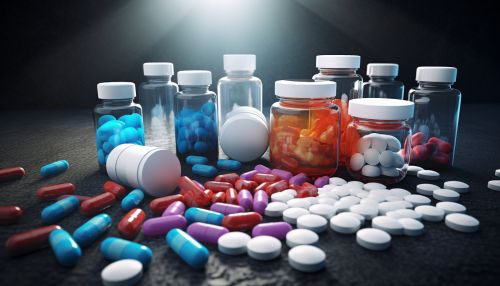
Parenteral Drug Delivery
Parenteral drug delivery involves the administration of drugs by routes other than the digestive tract, such as intravenous, intramuscular, and subcutaneous routes. This method is used when the drug is unsuitable for oral administration, such as certain proteins and peptides.
Transdermal Drug Delivery
Transdermal drug delivery involves the administration of therapeutic agents through the skin for systemic distribution. This method offers advantages such as avoidance of first-pass metabolism, steady infusion of the drug, and improved patient compliance.

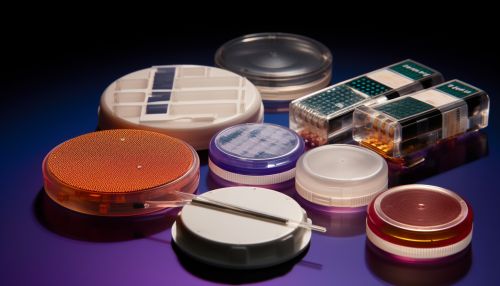
Controlled Drug Delivery
Controlled drug delivery involves techniques and systems for maintaining drug concentrations within the therapeutic range for extended periods. This can be achieved through various mechanisms such as diffusion, degradation, swelling, and affinity-based mechanisms.
Diffusion Controlled Systems
In diffusion controlled systems, the drug diffuses through a polymer matrix or a polymer shell surrounding the drug reservoir. The rate of drug release is dependent on the diffusion coefficient of the drug through the polymer.
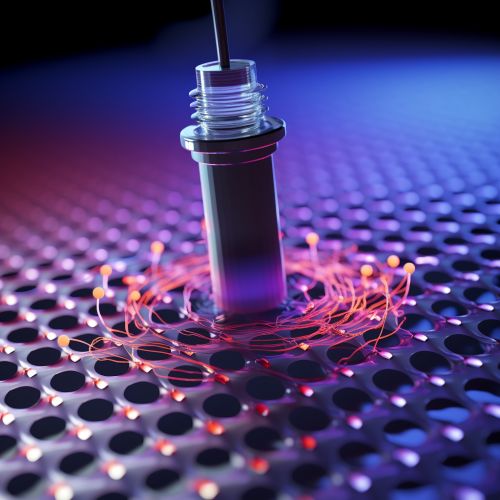
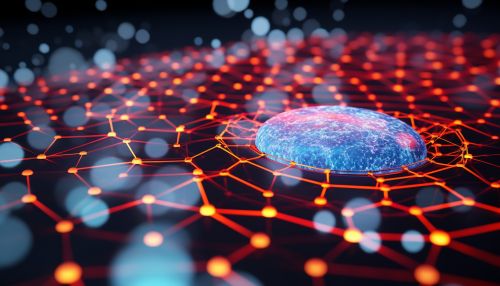
Degradation Controlled Systems
In degradation controlled systems, the drug release is controlled by the degradation of the polymer matrix. The rate of drug release is dependent on the degradation rate of the polymer.


Swelling Controlled Systems
In swelling controlled systems, the drug release is controlled by the swelling of the polymer matrix in response to the physiological environment. The rate of drug release is dependent on the swelling characteristics of the polymer.


Affinity Based Systems
In affinity based systems, the drug release is controlled by the affinity of the drug to a polymer or a ligand in the system. The rate of drug release is dependent on the affinity constants of the drug to the polymer or ligand.
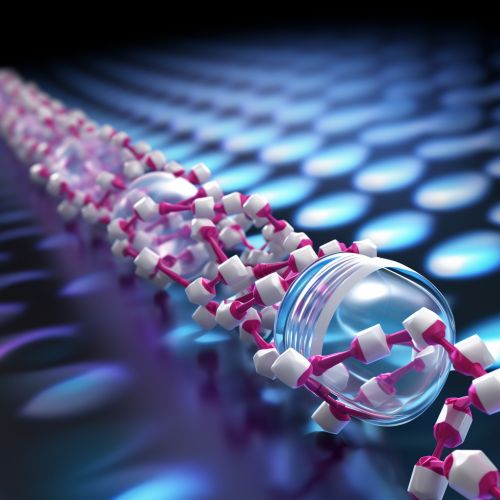
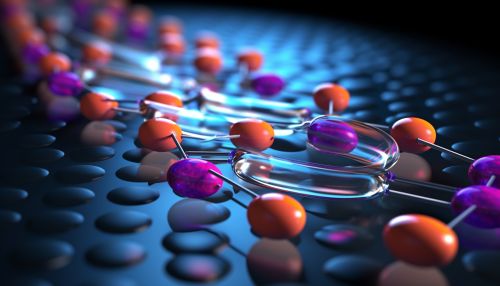
Challenges and Future Directions
Despite significant advances, several challenges remain in the field of drug delivery. These include the development of delivery systems for new types of drugs, such as gene therapies and nanomedicines, overcoming biological barriers for drug delivery, and addressing issues related to safety, efficacy, and patient compliance.
The future of drug delivery lies in the development of personalized medicine, where drug delivery systems are tailored to individual patients based on their genetic makeup, disease state, and lifestyle. This requires advances in the understanding of disease mechanisms, drug action, and patient variability, as well as the development of new technologies for drug delivery.


